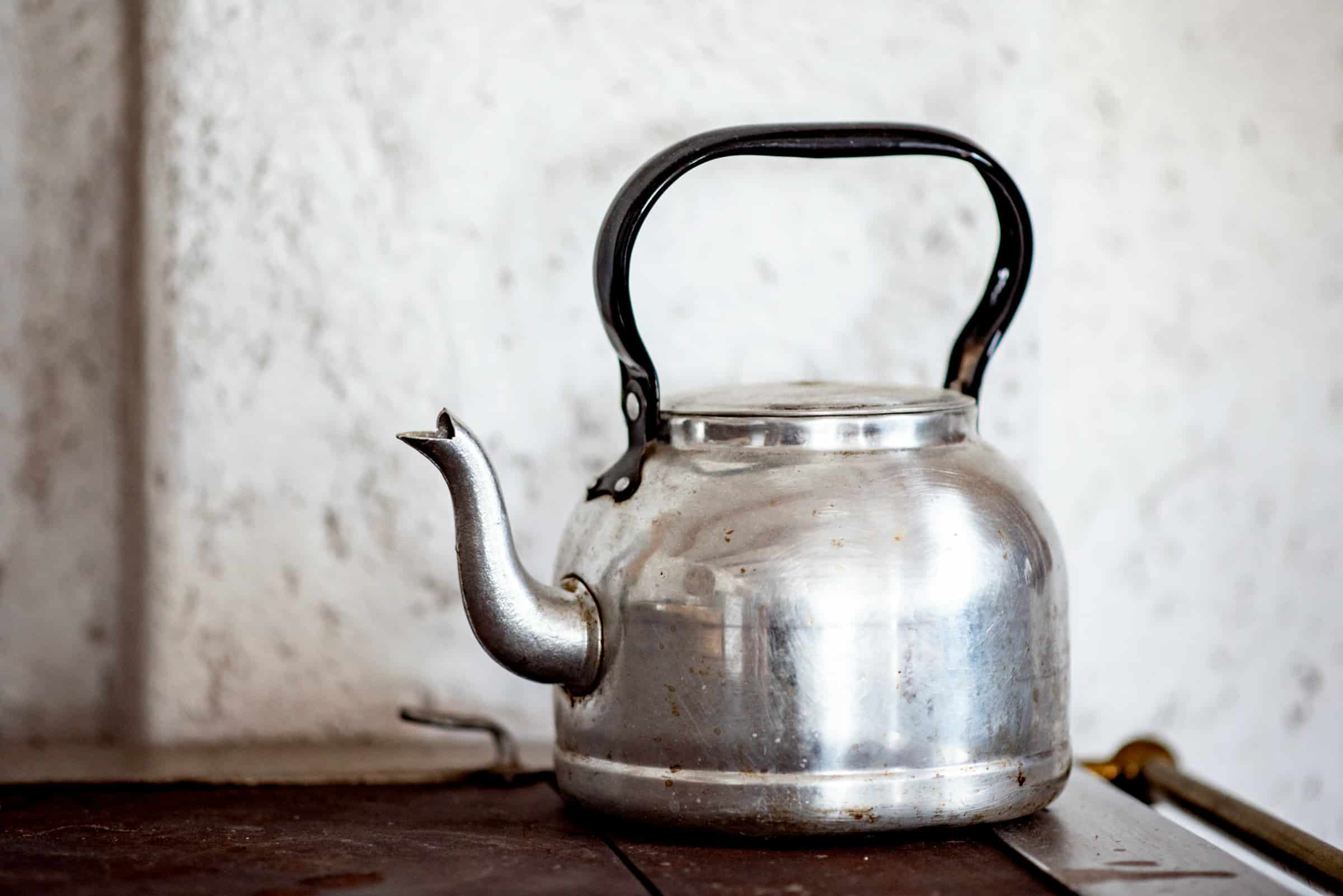How to ensure adequate ventilation in a kitchen with a powerful range hood?

In the culinary world where you enjoy creating delightful edibles, your kitchen becomes the heart of your home. It's a space where the aroma of freshly baked bread or the sizzle of a steak on the grill soothes the soul. However, this wonderful space can also accumulate odors, grease, and potentially harmful pollutants if it's not properly ventilated. One of the most efficient ways to ensure good air quality in your kitchen is by installing a powerful range hood. But how do you make sure that this powerful tool is providing adequate ventilation? This article aims to serve as a comprehensive guide on ensuring your kitchen has the proper ventilation it requires when using a powerful range hood.
Understanding the Role of Range Hoods in Your Kitchen
Before we delve into the specifics of proper ventilation with a range hood, it's important to understand what a range hood is and its role in your kitchen. Simply put, a range hood is a device containing a mechanical fan that hangs above your stove or cooktop. It helps to improve the air quality in the kitchen by extracting airborne grease, combustion products, fumes, smoke, odors, heat, and steam from the air through an exhaust system.
Additional reading : What is the best way to integrate a vertical herb garden into a restaurant’s kitchen design?
In a kitchen with a powerful range hood, the hood's capacity to move air, measured in cubic feet per minute (CFM), plays a significant role. The higher the CFM rating, the more air the hood can remove in a minute. This is particularly important if you have a gas cooktop or if you do a lot of high-heat or aromatic cooking. However, a high CFM range hood also requires more careful consideration when it comes to ventilation.
Choosing the Right Size Range Hood for Your Kitchen
When considering size, it's not only about the physical dimensions of the range hood. You also need to consider the CFM rating. This is where stove type and kitchen size come into play. For example, if you own a gas stove, the output of your stove's burners is measured in British Thermal Units (BTUs). Essentially, the higher the BTU output, the higher the CFM rating your range hood should have. As a rule of thumb, a range hood should have 1 CFM for every 100 BTUs on a gas stove.
Also to see : How can you choose the best oven mitts for high heat tasks in a UK kitchen?
In terms of the physical size, the range hood should be at least as wide as your cooktop. This ensures that all of the heat, smoke and odors coming off the cooktop will be captured by the hood.
Ensuring Proper Ductwork for Optimum Range Hood Efficiency
When installing a powerful range hood, the ductwork is crucial to ensure the hood works effectively. The duct is the conduit that carries the exhaust from the kitchen to the outdoors. It's important to remember that the size of the duct should match the size of the range hood's output. If the duct is too small, it can severely limit the hood's ability to vent air, even if it has a high CFM.
Also, the duct path should be as straight and short as possible. Long, winding ducts reduce the hood’s ability to move air efficiently. Remember, every bend in the ductwork reduces the CFM performance due to increased air resistance.
Wall Ventilation and Make-up Air
Apart from the range hood and ductwork, the overall ventilation of your kitchen wall also contributes to the efficiency of your range hood. In a tightly sealed kitchen, a powerful range hood can create a vacuum effect, pulling in outside air through any available opening, such as down a chimney or through a bathroom vent. This can lead to drafts and energy loss.
To prevent this, some building codes require "make-up air," or replacement air, for range hoods with a CFM over a certain threshold. This can be achieved through a ventilated wall system or a separate make-up air unit. These systems allow fresh air to be drawn into the kitchen as the range hood vents the exhaust outside, maintaining a balance.
Regular Cleaning and Maintenance of Your Range Hood
Finally, like any other kitchen appliance, your range hood needs regular cleaning and maintenance to function optimally. Over time, grease and other particles can build up on the hood and its filters, reducing its effectiveness. Regular cleaning will ensure your range hood is working at its best, providing the necessary ventilation for your kitchen. The process should involve cleaning the filters, the hood surface, and occasionally checking the vent for any blockages.
By understanding the role of a range hood, choosing the correct size, ensuring proper ductwork, regulating wall ventilation, and maintaining regular cleaning, you can ensure that your kitchen has adequate ventilation, even when using a powerful range hood.
Selecting the Appropriate Material for Your Range Hood
The selection of the right material for your range hood equally plays a pivotal role. Range hoods come in a wide variety of materials, with the most popular being stainless steel, due to its durability and easy maintenance. Stainless steel range hoods are known to be highly resistant to heat, rust, and staining, making them ideal for a bustling kitchen.
The thickness of the stainless steel also matters. Thicker steel implies a sturdier hood, less prone to denting or warping. A range hood with a higher gauge number indicates thinner steel, while a lower gauge number signifies thicker steel. Within most residential settings, a hood made from 22-gauge stainless steel is considered adequate.
Other available materials apart from stainless steel include copper, zinc, and brass. Each material comes with its unique aesthetic appeal and distinct benefits. For instance, copper range hoods can offer a rustic or vintage appeal, while brass and zinc hoods add a touch of elegance and sophistication. It's worth consulting with a kitchen design expert to ascertain the best material that complements your kitchen's overall design and fits within your budget.
Regardless of the selected material, it is crucial to ensure that the range hood is easy to clean and maintain. This is to guarantee that the air quality in your kitchen remains high at all times, and the hood's efficiency isn't compromised.
The Importance of Proper Installation of Your Range Hood
Even the most powerful and efficient range hood will not perform optimally if not correctly installed. Proper installation is crucial in ensuring the range hood functions as intended, providing adequate ventilation and improving the air quality in your kitchen.
The height of the range hood above the cooking surface should be carefully considered. Usually, a distance of 24 to 30 inches is recommended between the stovetop and the range hood for electric stoves, while 30 to 36 inches is suggested for gas stoves. This positioning guarantees that the hood effectively captures the heat, smoke, and odors generated during cooking.
Also, the power source and wiring need to be done correctly to avoid electrical issues. It's generally recommended to hire a certified electrician or appliance installer to carry out the installation process. This ensures that the range hood is safely and correctly installed, and that it adheres to all relevant building codes and standards.
Lastly, the installation of an exhaust fan is another critical component to consider. The fan should be capable of moving a minimum of 100 CFM air per linear foot of the cooking surface for electric stoves. For gas stoves, the minimum requirement is typically higher. Having a powerful exhaust fan ensures that your range hood effectively vents out the smoke and odors, improving the indoor air quality in your kitchen.
Conclusion
In conclusion, ensuring adequate ventilation in a kitchen with a powerful range hood involves careful consideration of several factors. These include understanding the role of the range hood, selecting the appropriate size based on the CFM rating and the physical dimensions, choosing the right material, ensuring proper ductwork and wall ventilation, and regular cleaning and maintenance of the range hood. Additionally, the importance of the correct installation of the hood cannot be overstated.
By giving thorough thought to each of these aspects, you can ensure that your kitchen is a comfortable, pleasant, and safe place to prepare meals. The result is a well-ventilated kitchen where the aroma of good food dominates, and the risks associated with poor ventilation are effectively mitigated.
